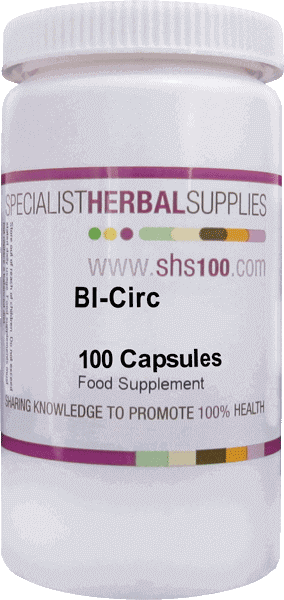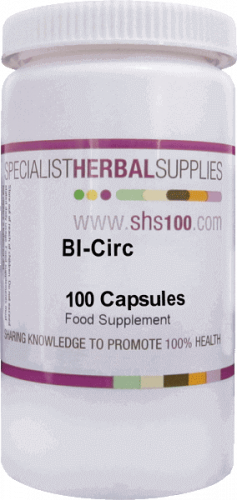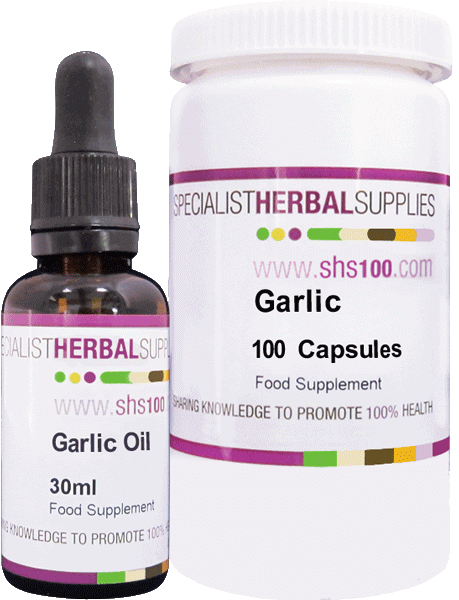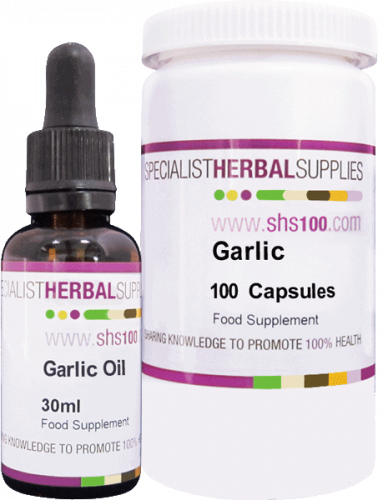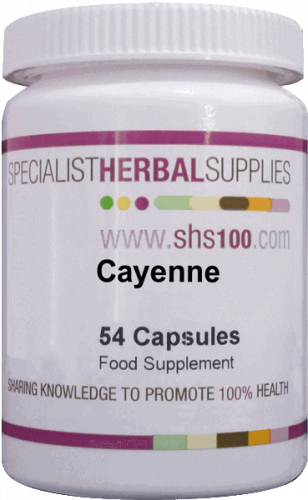Omega 3 Range
Buy this product and earn 15.66 points.
Fish oil has wide-ranging benefits because of its omega 3 oil content. Read below to see why omega 3 oil is so important to us, especially today.
To summarise, it’s because omega 3 oil is anti-inflammatory and counteracts disease conditions – which tend to be inflammatory. This is why omega 3 benefits so many organs and parts of the body – including the brain, which is 40% omega 3 fat. So take one of our two options daily: SHS Omega 3 Capsules – 180mg EPA & 120mg DHA; or Super Omega 3 Capsules – 330mg EPA &
220mg DHA.
We have always had a balance in our diet between anti-inflammatory omega 3 oil and pro-inflammatory omega 6. However, the balance has shifted with each passing year in favour of omega 6. The resulting increase in the inflammatory effects is bad for our health. the way to counteract it, is to increase our omega 3 intake. This is difficult to do from food sources.
Sources of omega 3
The richest source of omega 3 fat is oily fish, but eating that regularly has its problems.
First, there is really not much omega 3 oil in one portion of fish.
And, secondly, fish is associated with pollutant chemicals in its tissues – especially fish from shallow waters. So you don’t want to be eating it every day.
So that leaves us with supplements. You really need to take a daily supplement to get the optimal amount of omega 3.
Where did all the omega 3 go in our diet?
The story of the dietary balance shifting from omega 3 to omega 6 has two parts. First, omega 3 in the diet has reduced. Secondly, omega 6 in the the diet has increased.
When livestock was all grazing, we got much more omega 3 from the grass fed animals. Now, mass production focuses on feeding animals more cheaply – with grains – which contain omega 6. So we get less omega 3 and more omega 6 from most meat.
How about cooking oils?
Then there is the matter of cooking oil. Nearly all cooking oil is high in omega 6. Corn oil and sunflower oil are the most commonly found oils – each of them containing lots of omega 6 and hardly any omega 3. As well as offered to us by shops for cooking with, this high-omega-6 oil is also use widely in manufactured goods – because it’s cheap. So when there is oil used in manufactured goods, it’s likely to be the high-omega-6 type of oil.
There is not a cooking oil that is high in omega 3 (except perhaps walnut oil – but that tastes of walnuts!). So we have to do the next best thing: and use an oil which is ‘neutral’; that is, it might not be high in omega 3 but also it’s low in omega 6. And that oil is, for most of us: olive oil.
I always go for the greenest olive oil I can see, rather a yellow one which is heat-extracted, so less healthy. Also, I’d never buy one in a plastic bottle – because of the risk of plastic leaking into the oil. Go for a nice green olive oil in glass. I use this for salad dressing and for any frying I do.
The other main good fat to use is coconut oil which is also ‘neutral’ – and low in omega 6 fats.
Summary
So in summary:
- Eat grass fed meat and oily fish, but the latter not too often. Here is a list of oily fish from the NHS. This site says don’t eat oily fish more than twice a week because of the pollutant situation.
- Reduce intake of high-omega 6 oils and manufactured foods – including most “ready meals” which will likely be prepared with the cheapest of high-omega-6 oils.
- Take a supplement every day – either SHS Omega 3 Capsules or Super Omega 3 Capsules.




